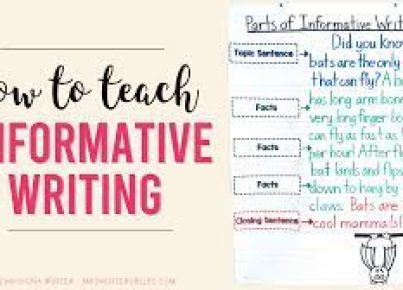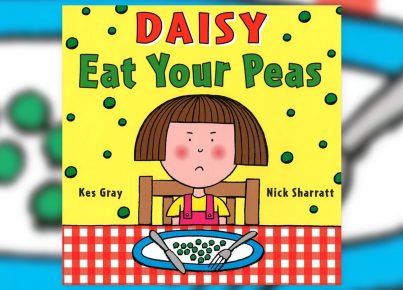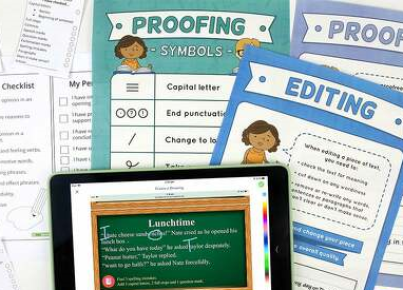Teaching narrative writing can ignite a student’s imagination and nurture a love for storytelling. It is a craft that not only improves writing skills but also enhances cognitive and emotional development. Here are 14 imaginative activities to invigorate your students’ interest and proficiency in narrative writing:
1. Story Starters: Provide intriguing first sentences or paragraphs to kick off a story and let students’ creativity flow.
2. Character Creation: Encourage students to develop detailed profiles for their characters, including backstories and personality traits.
3. Setting the Scene: Have students create vivid settings using sensory details that transport their readers into the story.
4. Show, Don’t Tell: Teach students to express emotions and actions through descriptive writing rather than direct statements.
5. Dialogue Workshops: Practice writing dialogues that reveal character and move the plot forward without overtly stating facts.
6. Plot Twisting: Offer plot points on cards, have students pick randomly, and incorporate them into their stories to create unexpected turns.
7. Perspective Shifts: Challenge students to rewrite their stories from another character’s point of view.
8. Visual Inspiration: Use photographs or artwork to prompt story ideas, focusing on creating narratives that align with the visual elements.
9. Mapping the Plot: Help students visually plan their story arcs with plot diagrams mapping out exposition, rising action, climax, falling action, and resolution.
10. Peer Review Circles: Organize peer editing sessions where students give constructive feedback about each other’s narratives.
11. Incorporating Vocabulary: Provide a list of new words each week that students must include in their writing, expanding their linguistic arsenal.
12. Tech Integration: Use digital storytelling tools like blogging or e-book creation software to engage tech-savvy writers.
13. Writing Prompts Jar: Fill a jar with random writing prompts for quick inspiration during free writing sessions.
14. Role-Playing Recesses: Have students act out scenes from their narratives, which can inform their understanding of character motivation and dialogue rhythm.
By integrating these engaging activities into your lesson plans, you’re certain to witness an increase in your students’ enthusiasm for narrative writing while honing their storytelling abilities.





